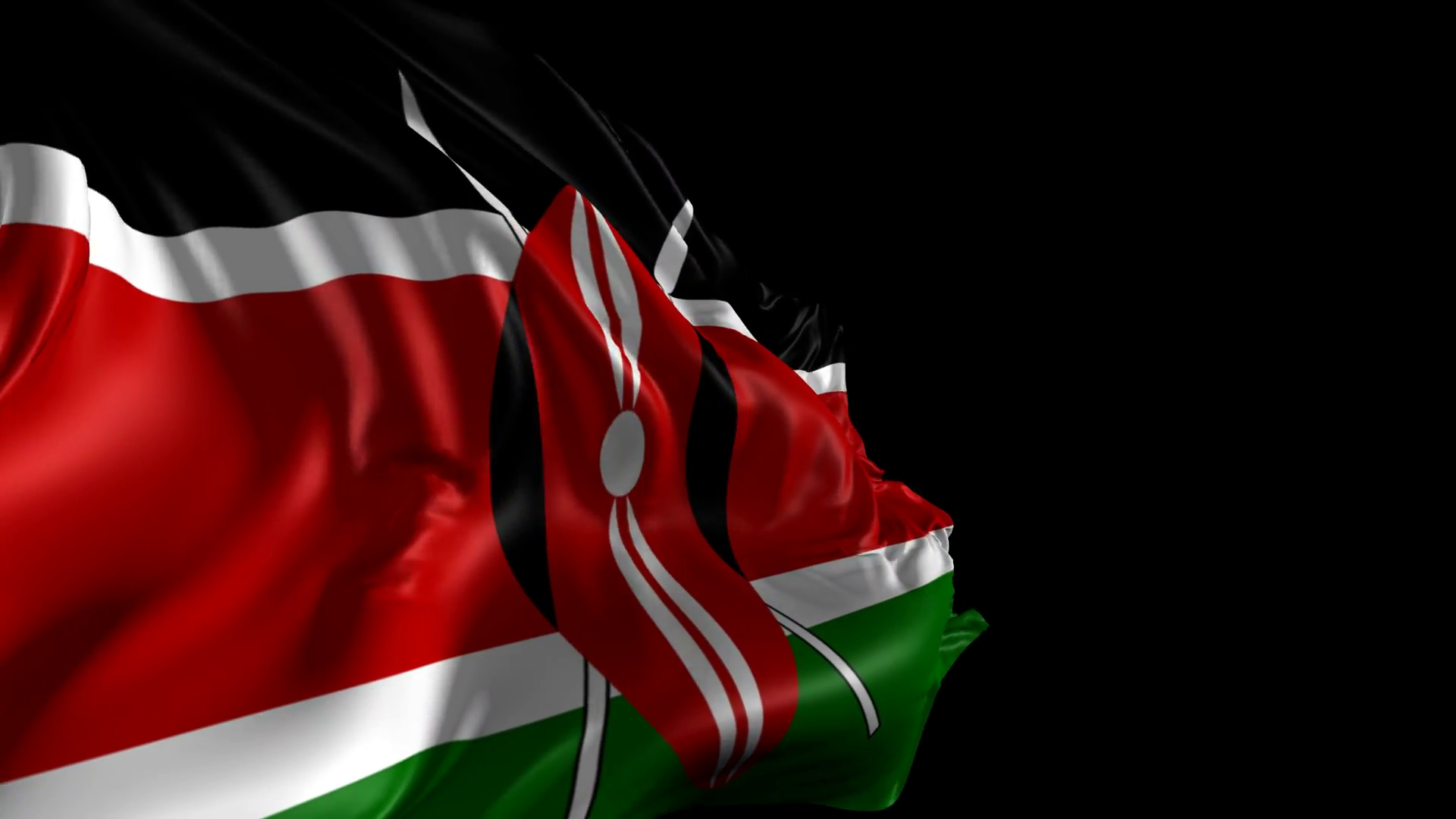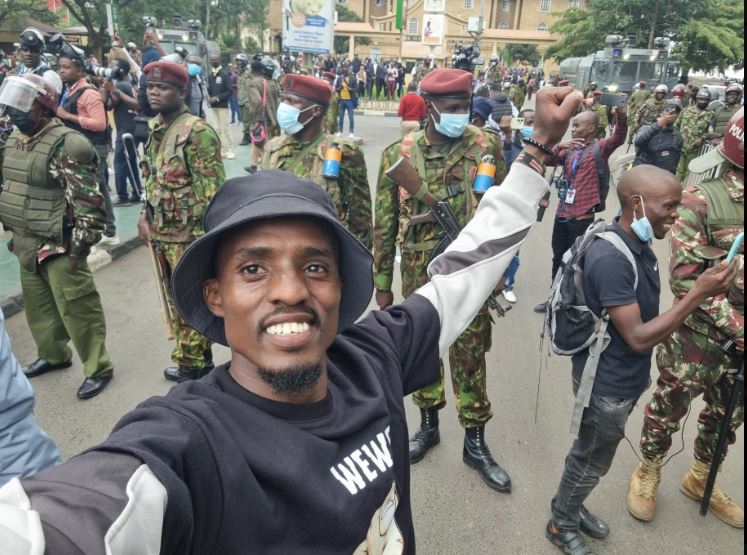The attack on the Dusit D2 hotel complex seems frighteningly familiar. From the images of people crouching along flower beds as gunshots ring out, to the smoke billowing from the top of the building, to the report of people hiding in rooms from terrorists, it feels like a rerun of the attack on the Westgate Mall in September, 2013.
There are crucial differences though. The government’s response was much faster and appeared much better coordinated than it was at Westgate. The government communications are also much better managed, if not exactly more informative – at least the confusion of five years ago has not been repeated.
However, some things have sadly remained the same. The media coverage, for example, has largely consisted on regurgitating the government line and especially urging Kenyans to desist from sharing information that the state has not verified. This has been taken to ridiculous extremes, with analysts on one TV news station warning that terming the attack a terrorist act before the government declares it to be one is aiding the terrorists. On social media, there is talk of the circulation of fake pictures and news as well as constant admonitions against sharing anything. As KTN’s Lindah Oguttu put it, “the less you say, the better”.
Given the country’s long familiarity with attacks, especially since 2011, you would think that Kenyans would have figured out a way to talk about and around ongoing operations against terrorists. Yet across both mainstream and social media, the message is the same – follow the government’s lead. This is despite the state’s equally long record of lying and obfuscation during and after terrorist attacks. Rather than keeping the public informed, its primary goal has been to deflect any criticism and pre-empt any calls for accountability.
For example, nearly everything government officials said about Westgate turned out to be false. In fact, while the attack itself was done and the attackers either dead or had escaped by the evening of the first day, the security forces maintained an elaborate fiction of fighting terrorists while they systematically looted the mall for three days.
Today’s attack comes on the third anniversary of the sacking of a camp manned by the Kenyan contingent of the African Union Mission in Somalia during which at least 173 Kenyan troops were killed. Once again, the government’s rendition of the facts surrounding the attack turned out to be largely a work of fiction. To date, it has refused to disclose the exact number of casualties and its initial descriptions of facing 3 massive truck bombs and “truckloads of suicide bombers” were designed to exaggerate the scale of the attack in order to explain away the fact that the camp had been overrun.
It is thus clear that the government cannot be trusted to provide accurate information on terror attacks. While it is equally true that the unmitigated spread of information among citizens, especially through social media, can harm security operations, when the government makes appeals for restraint, it is hard not to think of its past lies and to wonder what it is trying to hide this time.
Thus a discussion of how better to report on, or speak about, ongoing operations against terrorists must begin with addressing the state’s mendacity. For as long as the government refuses to consistently deal truthfully and honestly with its citizens, it will be folly to ask them to ignore their suspicions of its motives. In any case, the idea that following an attack, citizens must suspend their thinking faculties, and blindly and unquestioningly support the government’s every whim, is the very definition of being terrorized.
And it is not a very smart thing to do either.



